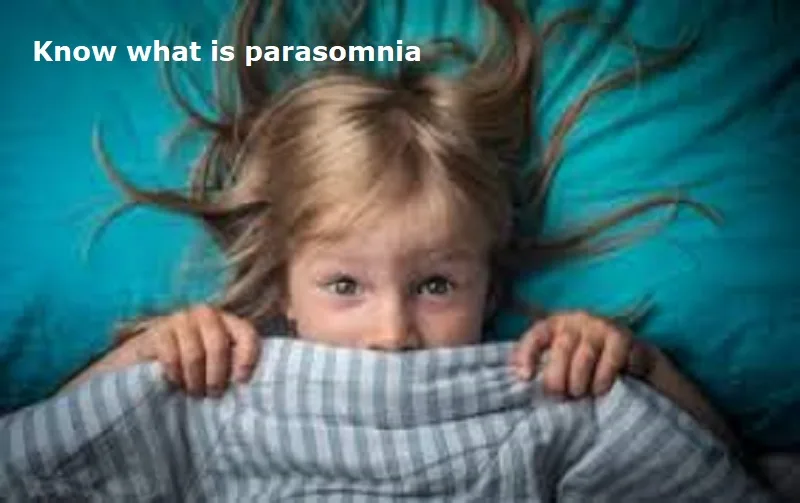
Parasomnia refers to unusual behaviours or experiences during sleep, including sleepwalking, night terrors, talking during sleep, or waking up confused. According to the American Academy of Sleep Medicine (AASM), parasomnias are more prevalent in children than adults and usually occur during transitions between sleep stages.
Parasomnias in children are typically classified into non-REM (NREM) and REM-related disorders. They can range from mild to severe, and while most children outgrow them, persistent symptoms may need medical attention. Here are the common types of parasomnias in children.
1. Sleepwalking (Somnambulism)
One of the most well-known parasomnias, sleepwalking involves a child moving around while still asleep. It usually occurs in deep NREM sleep and may involve aimless walking or attempts to leave the house. Safety precautions are essential.
2. Night terrors
Unlike nightmares, night terrors cause a child to scream, sweat, and appear terrified, often with open eyes, but they won’t be awake or responsive. These episodes typically occur early in the night and the child has no memory of them.
3. Confusional arousals
Children experiencing this may wake up confused, disoriented, or upset. They might mumble or thrash around, but not be fully awake. These episodes usually happen during deep sleep and subside on their own.
4. Sleep talking (Somniloquy)
Common and usually harmless, sleep talking involves mumbling or even complete sentences during sleep. It’s often triggered by stress, fever, or lack of sleep.
Also Read: Know Weight Loss Breakfast Recipes
5. Nightmares
Unlike night terrors, nightmares occur during REM sleep and are vividly remembered. If frequent, they may indicate emotional stress or trauma and can disrupt sleep quality.
6. Sleep paralysis
Although rare in children, sleep paralysis involves temporary inability to move or speak upon waking. It can be frightening but is usually harmless and linked to poor sleep cycles.
7. Bedwetting (Nocturnal enuresis)
Though often not classified strictly as parasomnia, persistent bedwetting in older children may coincide with other sleep disturbances and needs evaluation if it continues beyond the typical age.
According to the National Sleep Foundation, common parasomnias include sleepwalking, night terrors, confusional arousals, and nightmares, often influenced by stress, fever, or irregular sleep schedules.
1. Genetics
A family history of parasomnias increases the likelihood in children.
2. Sleep deprivation
Irregular sleep routines and insufficient rest can trigger episodes.
3. Stress or anxiety
Emotional disturbances or trauma can contribute to nightmares and sleepwalking.
4. Fever or illness
High temperatures can increase the frequency of night terrors.
5. Certain medications
Some drugs affecting the nervous system may induce parasomnias.
6. Environmental factors
Sudden noise or light changes during sleep can trigger abnormal sleep behaviours.
Always consult a paediatrician if symptoms persist, worsen, or impact daytime functioning, early intervention can make all the difference in a child’s wellbeing.
1. Maintain a consistent sleep routine
Ensure regular bedtime and wake-up times.
2. Create a calming bedtime environment
Avoid screens, loud noises, and caffeine before bed.
3. Use nightlights or comfort objects
These can reduce fear associated with night terrors or nightmares.
4. Limit daytime stress
Help children express emotions and reduce anxiety through play or therapy.
5. Ensure safety
Lock doors and windows, remove obstacles, and avoid bunk beds for sleepwalkers.
6. Consult a paediatric sleep specialist
If parasomnias are frequent or disruptive, a medical evaluation is advised.

Post Your Comments